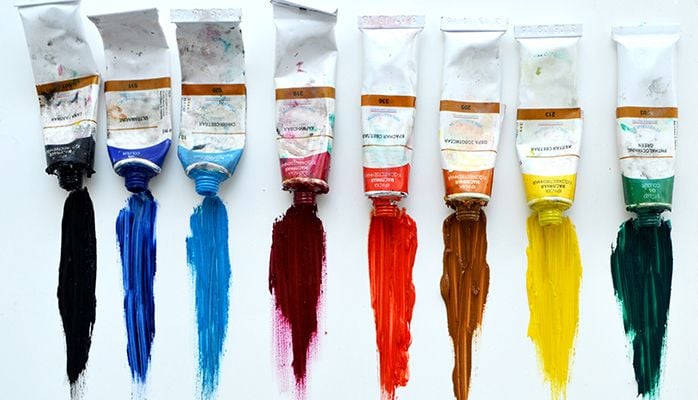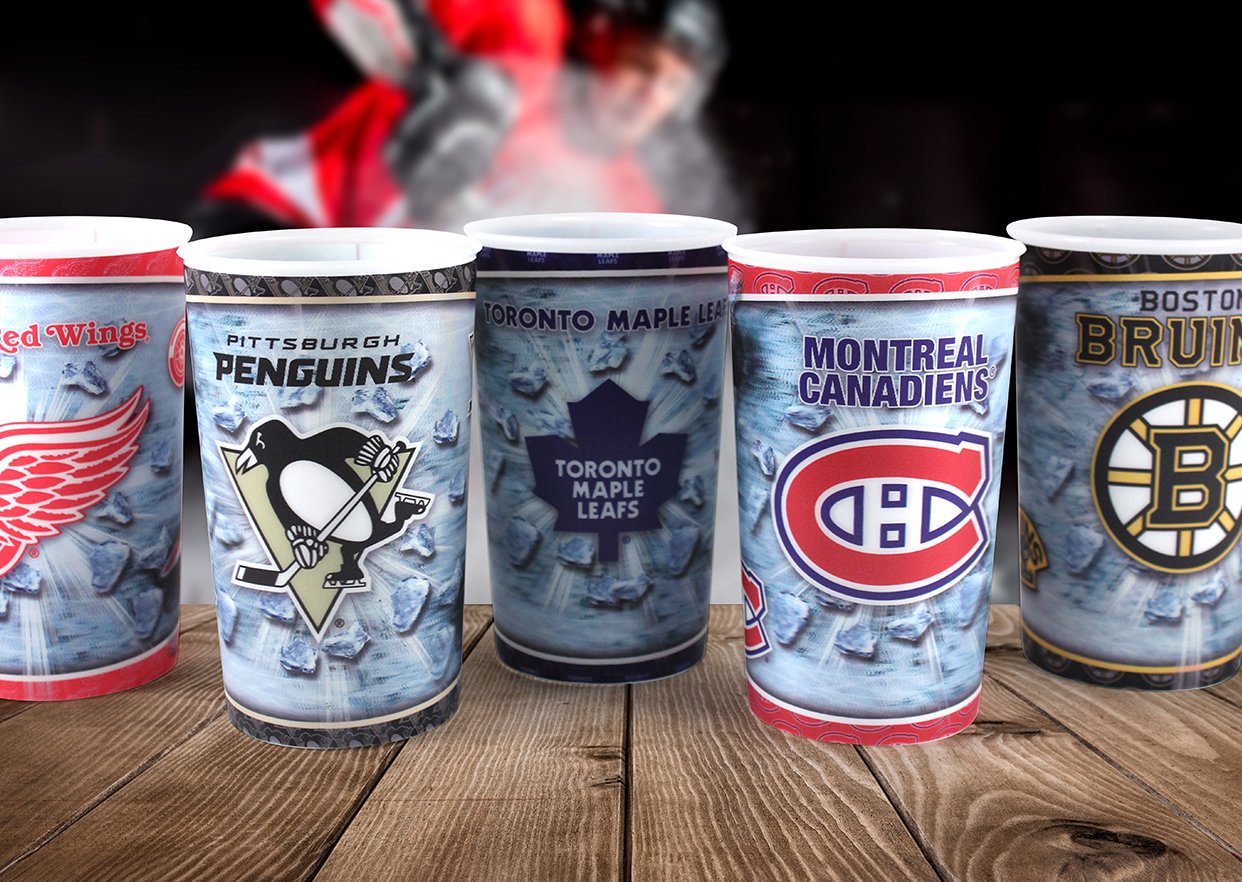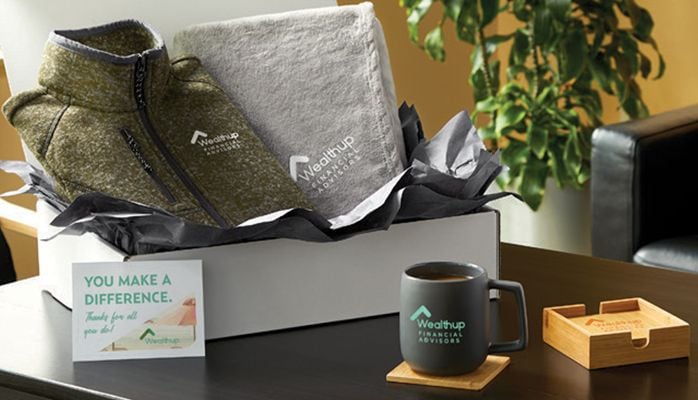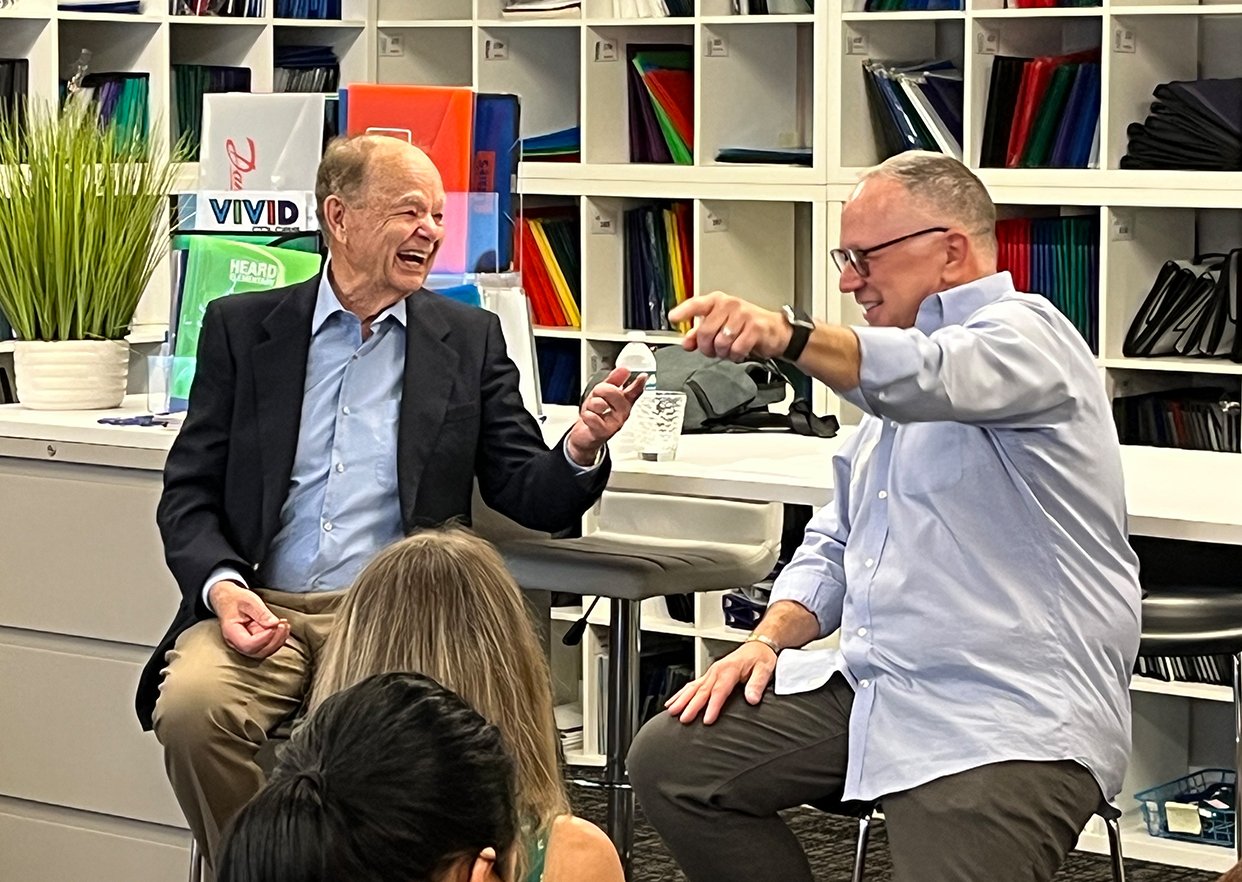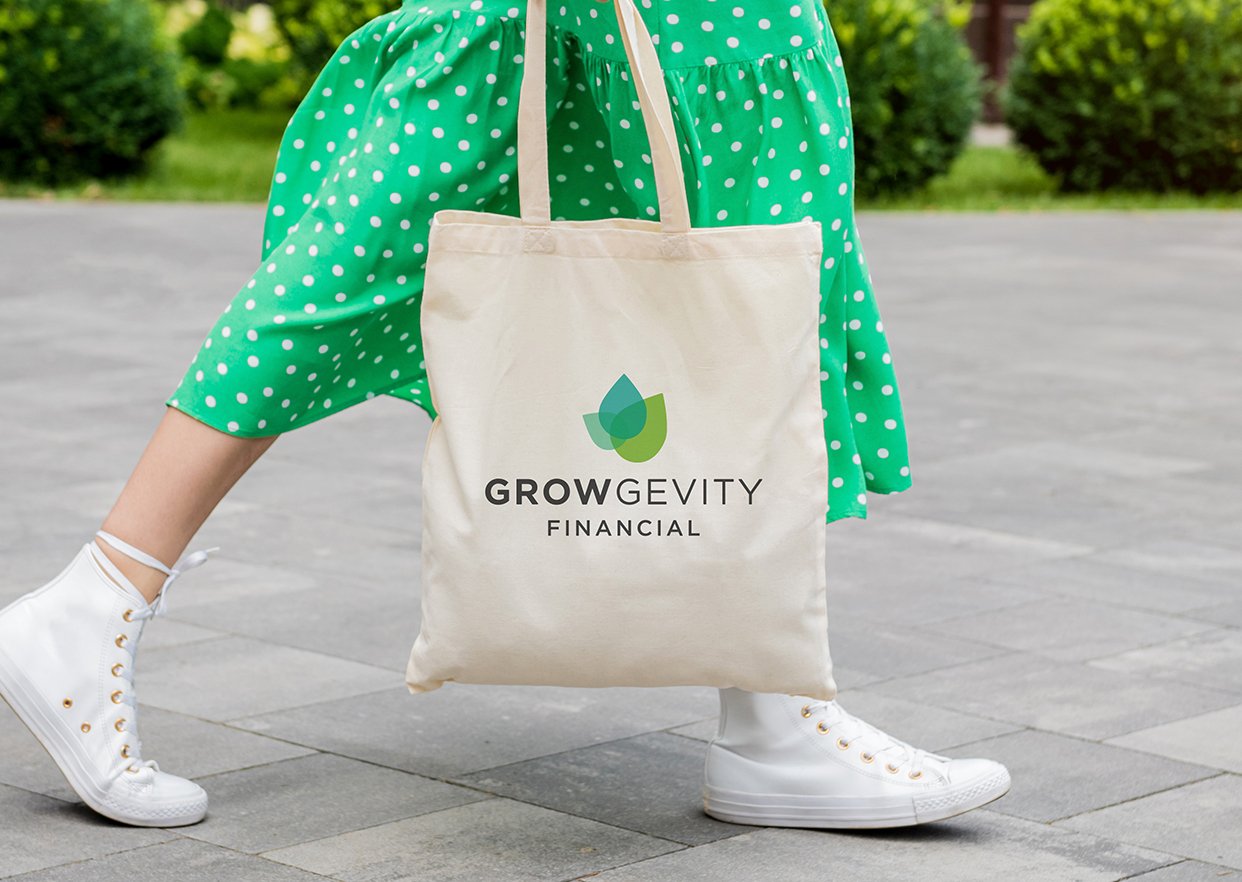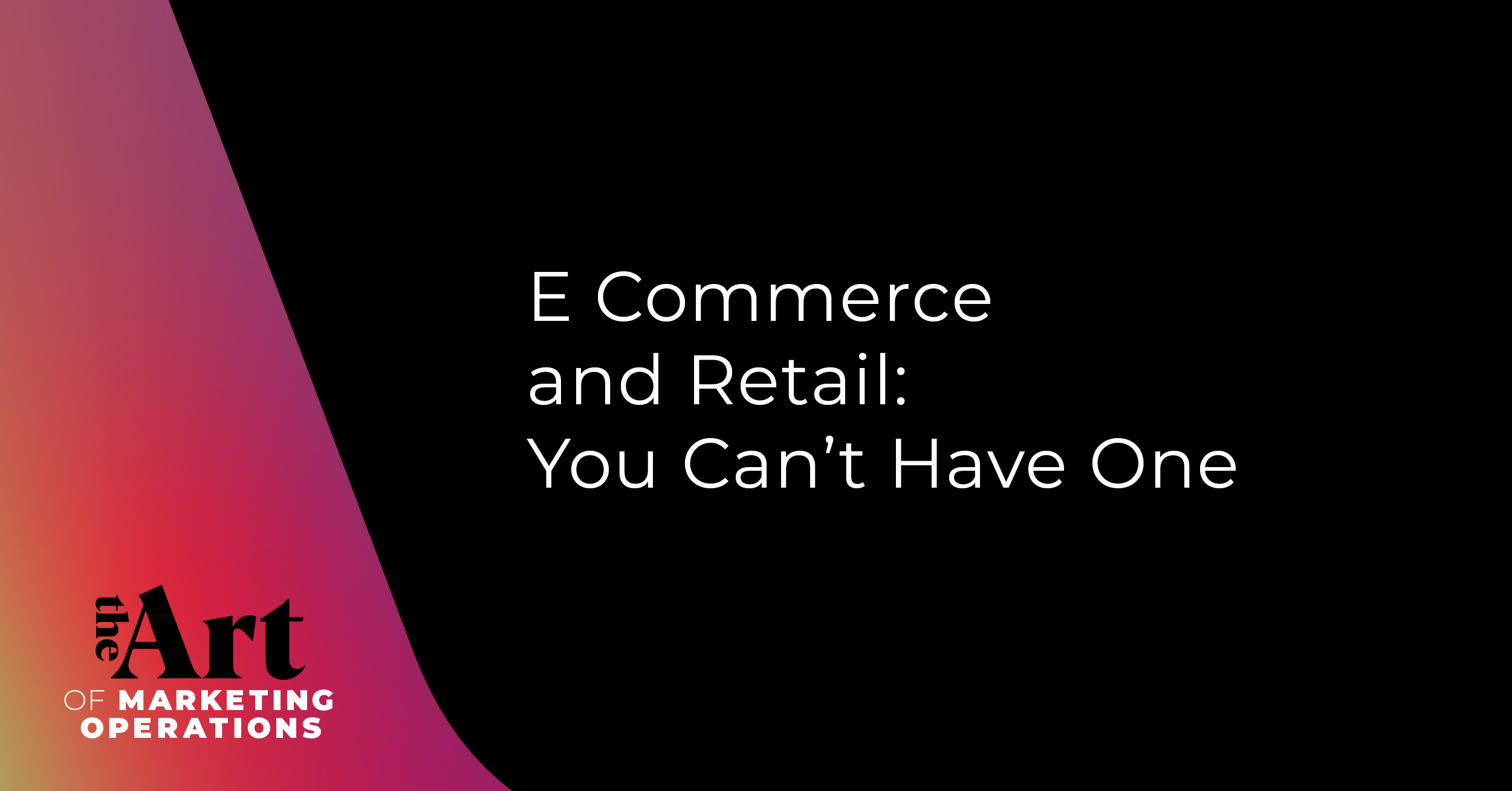Did you know the colors you choose for your branding, packaging and marketing communications have a profound psychological effect on your customers? It's true.
Color is so powerful it has a far-reaching impact on your mood, feelings and behaviors. We even linguistically use color to describe our emotions like "seeing red," "feeling blue" or "turning green with envy."
And that means your customers' buying choices are deeply influenced by the colors you choose for your branding, retail signs, graphics and marketing.
Whether you're launching a new venture or want to freshen up your brand, color is the hammer in your marketing tool belt.
Color Psychology 101
Research shows that color has a universal effect. In other words, most people perceive red as exciting and energizing, whereas most consider blue calming.
But, color's emotional effect is also extraordinarily individual and influenced by personal experiences like your upbringing and your culture's customs.
For example, if you grew up in India, vibrant jewel tones likely have a special place in your heart. In other words, color evokes universal emotions but is also dependent on personal experiences.
In 2020, researchers tested the emotional color association in 4,598 participants. The participants were from 30 nations and spoke 22 various native languages.
The research team gave participants 20 emotional concepts and 12 colors.
Pattern-similarity revealed universal color-emotion associations.
But, there were also noticeable local differences. A machine-learning algorithm showed nation-predicted color-emotion associations that went above and beyond those observed universally.
In other words, you can somewhat predict how your brand's colors will affect your audience emotionally, but there will always be outliers.
How The Big Dogs Use Color
When well-known brands present themselves to the world, the colors they use are no accident. Big companies carefully consider the colors for their logos, marketing campaigns and graphics.
These brands run their choices by focus groups to see how they respond and analyze every nuance before presenting the results to the public.
Some companies' colors are so fused with their identity, they've procured a trademark. Tiffany Blue is a prime example. This infamous jewelry company didn't invent this lovely Robin's Egg blue. Still, the company has done such a tremendous job using this shade in their branding and marketing that the color is synonymous with the brand.
Tiffany’s particular shade of blue is labeled No. 1837 in Pantone's Color Matching system (the year Tiffany & Co. was founded). Other jewelers can't use it because Tiffany & Co has a trademark.
Home Depot's high-intensity orange and Target's unmistakable red are equally famous. Both mega-retailers have dibs on their color scheme.
Keep in mind; it's only direct competitors that are barred from using a trademarked color. Otherwise, Coca-Cola® could have sued Target for using the same shade of Lipstick Red.
UPS, John Deere, 3M and T-Mobile are a few other examples of companies that received a trademark and instantly recognizable brand colors.
Tips For Choosing Your Brand's Colors
You don't have to pay a team of psychologists or spend your hard-earned dollars on a focus group to identify your company colors. But you may want to thoughtfully consider your options to ensure your palette meaningfully conveys the spirit of your brand and resonates with the customers you wish to attract.
So, how do you choose the most compelling colors for your branding and marketing, and how do you know what effect they'll have on your audience? The bottom line is there are no clear-cut guidelines for choosing your brand's colors.
- Consider the feeling, mood and image that your brand or product wants to convey.
- Choose colors that speak to you personally.
- If you're getting ready to launch a new brand, consider running an A/B test with your prospective buyers and get their feedback.
Also, if you want to refresh your colors or launch a unique marketing campaign, choose colors that reflect your brand's personality. Here are a few popular branding colors and the inside scoop on what color emotion-connections the mega brands consider universal:
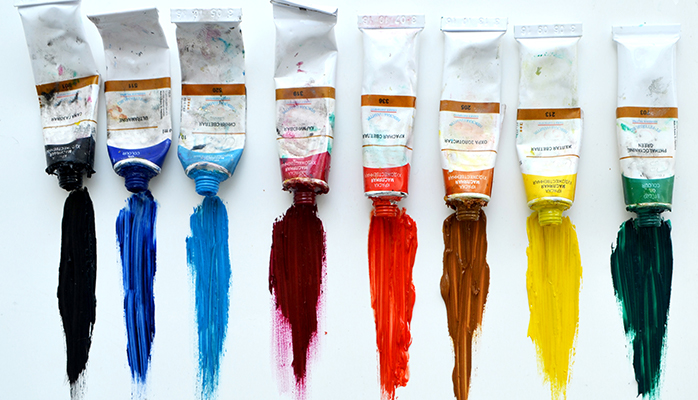
- Red
Red symbolizes passion and excitement. Coca-Cola(R) has used the color for over a century. Its marketing campaigns promote the drink as something exciting to be shared with friends and family.
- Orange
Are you considering orange in your business branding? People generally think orange is a "friendly" color. Retail giants like Home Depot and Payless use a bright, bold orange to convey value and affordability.
- Blue
This insanely popular logo color says your company is "trustworthy, dependable, fiscally responsible, and secure." And if you consider the central role it plays for enormous brands like Facebook, Walmart and AT&T, it makes sense.
- Purple
Purple is a go-to color to portray your brand as creative, imaginative or wise. Fast food mogul Taco Bell uses it, and so does the Syfy Network. It can also be a soothing, emotional color, so greeting card brand Hallmark uses it in its primary logo and branding in more than 40,000 stores worldwide.
- Black
Black means business and stands for luxury as well. That's why it's the color of choice for glamorous evening wear and stretch limousines. This color will do the trick if you want your brand to convey drama, sophistication and a hint of status.
Remember, Uber's primary brand color is black. Its on-demand ride service offers Uber Black, a luxury line of vehicles for those who wish to arrive in style.
Final Tips
Color is a vital part of your brand’s identity. Your logo and color choices can make or break how people perceive your product or service. If you want potential customers to consider your company reliable, trustworthy, creative and innovative, you need colors that clearly represent these qualities.
Establish a cohesive brand color identity and use your colors throughout your signage, office decor, uniforms and website. If you need help from an expert, contact Taylor and we’ll connect you with one of our top branding gurus.
